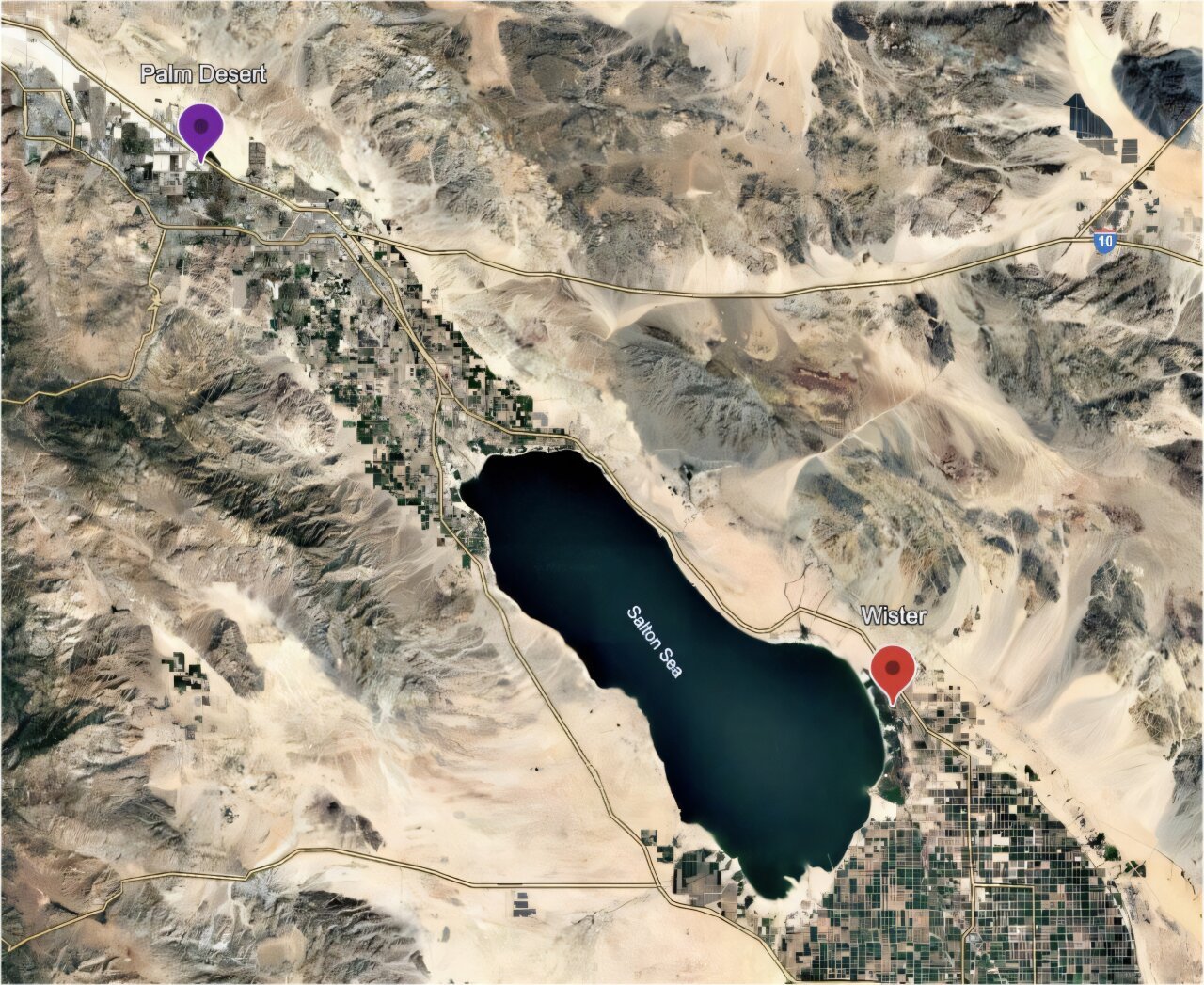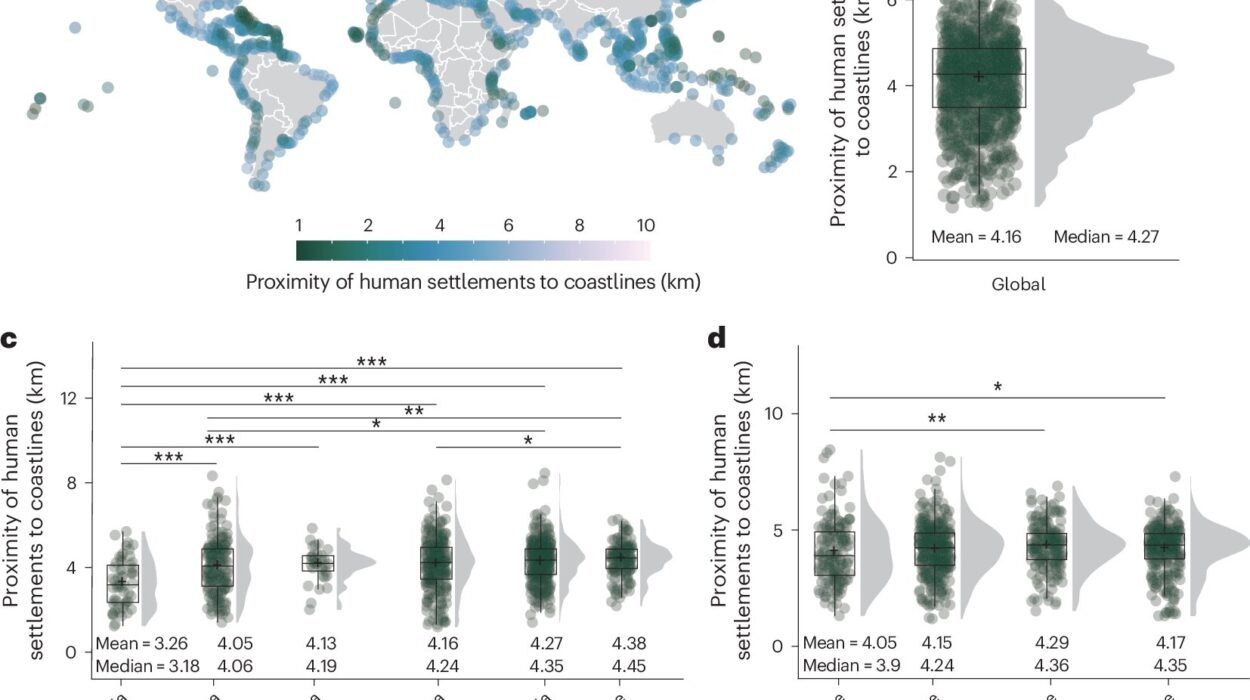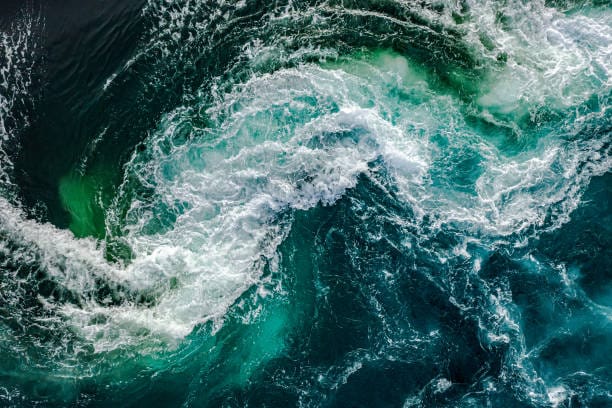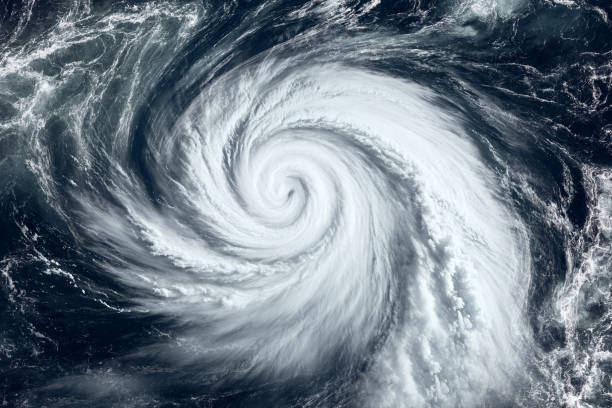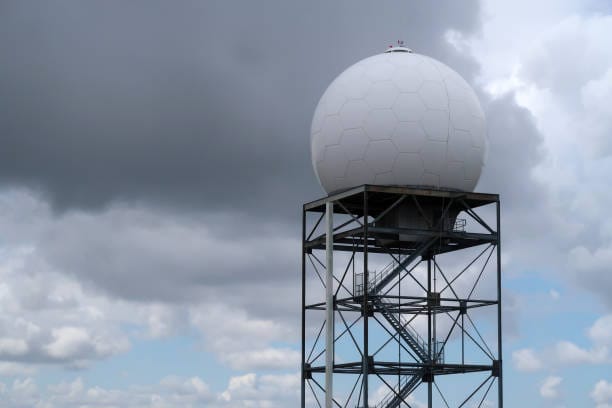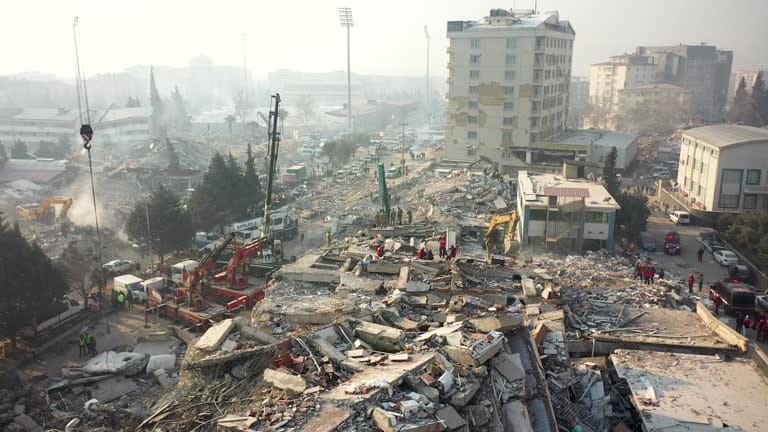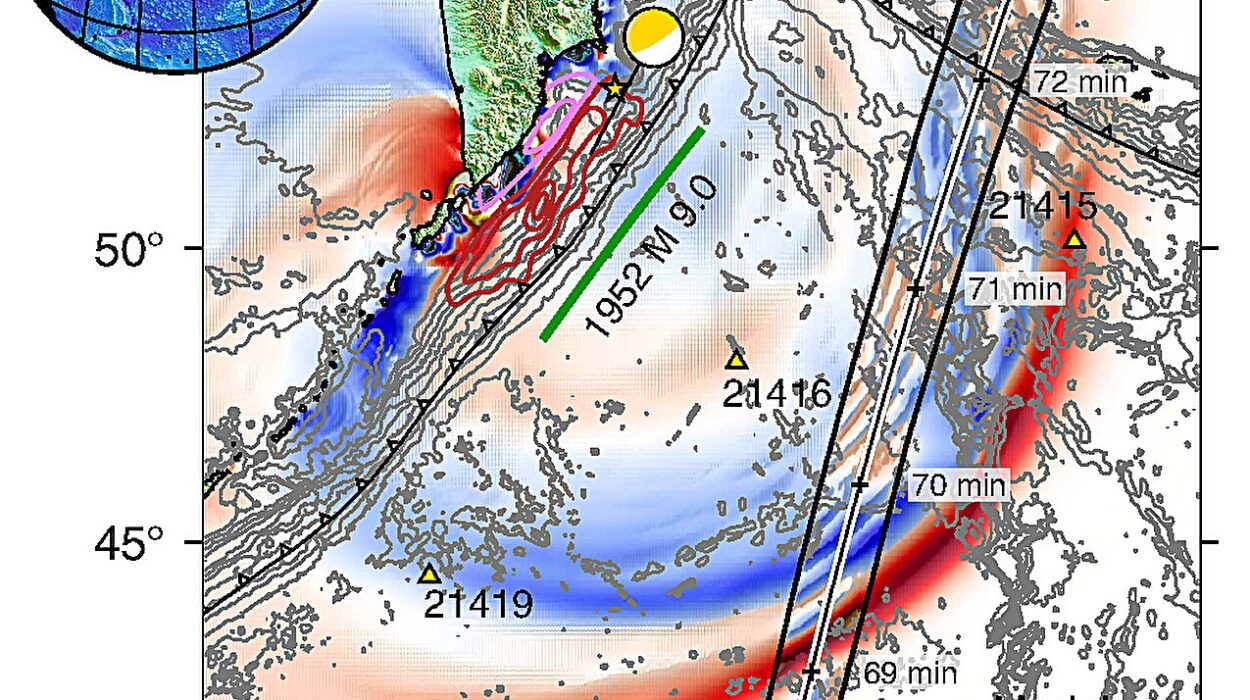In California’s Imperial Valley, the Salton Sea glimmers deceptively under the desert sun—a vast, shallow lake born of accident and neglect. Once a refuge for migratory birds and a destination for vacationers, the lake has become an ecological crisis. As its waters recede under years of drought and mismanagement, the exposed lakebed transforms into a wasteland of toxic dust. Winds sweep this dust into surrounding communities, carrying with it the faint stench of decay and the hidden threat of disease.
Now, scientists from the University of California, Riverside, have uncovered evidence that the danger goes far deeper than irritation or odor. Breathing this dust, their research shows, can rapidly reshape the microscopic ecosystem inside the lungs—even in otherwise healthy organisms. The discovery, published in the journal mSphere, marks a turning point in our understanding of how environmental factors can alter the body’s internal microbiome, with implications that extend far beyond southern California.
The Invisible World Within
The human body teems with life. Bacteria, fungi, and viruses live on our skin, in our intestines, and deep within our respiratory passages. Collectively, these microscopic communities—our microbiomes—play essential roles in maintaining health. In the gut, microbes assist with digestion, regulate the immune system, and may even influence mood. The lung microbiome, though smaller and less studied, is emerging as equally vital.
Traditionally, scientists believed that significant changes to the lung microbiome were triggered by infection or genetic disorders. Patients with cystic fibrosis, for example, often harbor distinctive microbial imbalances linked to chronic inflammation. But the UC Riverside team has revealed that mere exposure to airborne dust from a degraded environment can provoke similar disruptions. It is not disease causing these shifts—it is the air itself.
Breathing the Lakebed
To study the phenomenon, the researchers built an exposure chamber designed to mimic real-world air conditions near the Salton Sea. They collected dust samples from sites close to the lake and from regions farther away, then exposed laboratory mice to the aerosolized particles over a weeklong period. Even without live pathogens, the dust had dramatic effects.
“The most striking finding,” said lead author and mycologist Mia Maltz, “was that even filtered dust—dust sterilized to remove bacteria and fungi—was capable of reshaping the lung’s microbial community.” What remained in the air, she explained, were microbial residues: fragments of dead cells and molecules that linger long after the organisms themselves are gone. These residues, particularly lipopolysaccharides (LPS) from bacterial cell walls, are potent immune triggers.
“It’s like breathing in the chemical fingerprint of dead bacteria,” Maltz said. “And that fingerprint alone is enough to cause inflammation.”
When the Air Fights Back
Under the microscope, the lungs of exposed mice told a striking story. Bacterial species such as Pseudomonas and Staphylococcus—both known to provoke respiratory inflammation—proliferated rapidly. In the most affected samples, up to 60 percent of immune cells showed signs of neutrophil activation, an indicator of aggressive inflammation. Mice breathing filtered, dust-free air showed only 10 to 15 percent activation.
“It’s rare to see such dramatic immune responses in healthy animals,” noted co-author David Lo, a distinguished professor of biomedical sciences at UCR. “This suggests that chronic exposure to the Salton Sea dust could be a major contributor to the unusually high rates of asthma and respiratory illness reported in nearby communities.”
For local residents, that conclusion resonates deeply. The Imperial Valley, which borders the drying lake, has some of the highest asthma rates in California. Many families have long suspected that the environment is to blame. “People who live near the sea have felt this for years,” said graduate student and co-author Talyssa Topacio. “The heat, the dust, the smell—it all affects you. Now we have data showing it’s changing the biology inside the lungs.”
The Chemistry of Decay
The Salton Sea’s dust is a toxic cocktail of minerals, salts, and organic debris. As the lake shrinks, winds scour the exposed sediment, lifting fine particles laced with arsenic, pesticides, and microbial remnants into the air. These particles are small enough to penetrate deep into the lungs, bypassing the body’s natural defenses.
Environmental microbiologist Emma Aronson, another co-author of the study, recalled the first time she processed the dust samples in her lab. “It was stinky,” she said with a grimace. “You can smell the sulfur and decay—it’s unpleasant in a way that feels unhealthy.” But it was what the dust carried invisibly that proved most concerning.
By sequencing microbial DNA from lung tissue, Maltz developed a method to precisely identify which microbes thrived and which diminished after exposure. The results showed a dramatic rearrangement of microbial balance—an ecological upheaval happening at the microscopic scale. Species associated with inflammation flourished, while others that help maintain lung health appeared to decline.
Challenging Old Assumptions
For decades, scientists viewed the lungs as relatively sterile environments. Only in recent years has research shown that they host complex microbial ecosystems that interact with the immune system. Yet, until this study, most known disruptions were linked to disease, not environment.
“What we’re seeing here challenges a fundamental assumption in pulmonary science,” Aronson explained. “These were healthy animals with no infections, no genetic disorders, no preexisting conditions. The only variable was the air they breathed. And that was enough to reshape their internal biology.”
The implications are vast. If dust from a drying lake can cause such changes, what about the countless other airborne exposures humans encounter daily—smoke from wildfires, industrial exhaust, microplastics, or vaping aerosols? The team plans to test these possibilities in future studies, exploring whether similar disruptions occur from other environmental pollutants.
A Local Crisis with Global Lessons
The Salton Sea’s transformation is more than a regional environmental story; it is a preview of challenges facing arid regions worldwide. As climate change accelerates drought and water scarcity, other saline lakes—from Utah’s Great Salt Lake to Central Asia’s Aral Sea—are undergoing similar declines. Each time a lakebed dries, it releases more dust into the air—dust laced with the residues of life that once thrived there.
For the residents of the Imperial Valley, the effects are already tangible. Children grow up under skies hazed with airborne salts. Hospitals see rising rates of asthma and chronic bronchitis. And the lake continues to recede, exposing thousands more acres of dust-laden sediment each year.
“This research gives scientific weight to what communities have long experienced,” said Lo. “The environment is not just unpleasant—it is actively reshaping the biology of the people who live there.”
Inside the Lungs, a Landscape in Flux
The UC Riverside team’s findings represent the most detailed look yet at how environmental exposure can alter the lung microbiome. Maltz’s four-year effort to refine DNA extraction techniques allowed her to distinguish microbial genes from host tissue, opening an unprecedented window into the lung’s hidden ecosystem.
The data revealed not only inflammation but ecological change—a shift in which microbial species dominate, how they interact, and how the immune system responds. Such transformations could have lasting consequences, especially if they weaken protective species that normally suppress inflammation or combat infection.
“We’ve only just begun to understand how dust exposure changes the lung microbiome,” Maltz said. “We don’t yet know how long the changes last, or whether they’re reversible. That’s another big question.”
Breathing the Future
If dust alone can alter the lung’s microbial balance, what might happen with long-term exposure? Could it lead to permanent inflammation, reduced immune defenses, or increased vulnerability to infections and asthma? The UC Riverside study raises these urgent questions, highlighting the need for broader research into how environmental conditions shape the human microbiome.
Beyond health implications, the findings challenge the way society perceives pollution. Airborne particles are not merely chemical irritants; they are biological agents, carrying the echoes of life from soil, water, and decay. When we breathe, we draw the environment into ourselves—its chemistry, its biology, and its consequences.
A Call for Awareness and Action
The drying of the Salton Sea is a human-made disaster decades in the making. Redirected water, agricultural runoff, and rising temperatures have conspired to turn a vibrant ecosystem into a public health hazard. The new study from UC Riverside underscores that the harm is not limited to visible pollution or unpleasant smells—it reaches deep inside the body, altering the very communities that keep us healthy.
Efforts are now underway to stabilize parts of the lakebed, restore wetlands, and reduce dust emissions. Yet progress is slow, and funding remains uncertain. For the scientists working in the region, the urgency is personal. “When we’re out there in the field, we feel it in our throats, our lungs,” Topacio said. “It’s a reminder that this isn’t just data—it’s about people’s lives.”
The Fragile Balance Within
The story of the Salton Sea is, in many ways, a story of interconnectedness. A drying lake changes the air; the air changes the lungs; the lungs change the body. It is a reminder that the boundary between the external environment and our internal one is porous, delicate, and constantly negotiated with every breath we take.
As scientists continue to study the dust and its effects, one truth becomes clear: the health of our ecosystems and the health of our bodies are inseparable. The microbes in our lungs, the particles in the air, and the choices we make about our environment all exist in a shared continuum of cause and effect.
In the end, the dust of the Salton Sea is not just a local nuisance—it is a message carried on the wind. It tells us that the environment we create will always find its way back into us, reshaping us from the inside out.
More information: Mia R. Maltz et al, Lung microbiomes’ variable responses to dust exposure in mouse models of asthma, mSphere (2025). DOI: 10.1128/msphere.00209-25. journals.asm.org/doi/10.1128/msphere.00209-25
